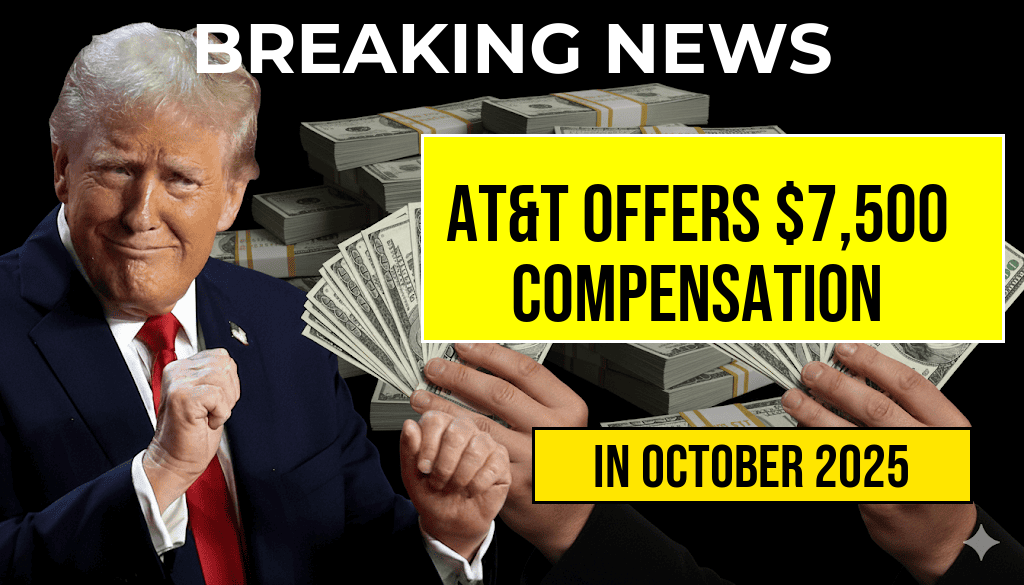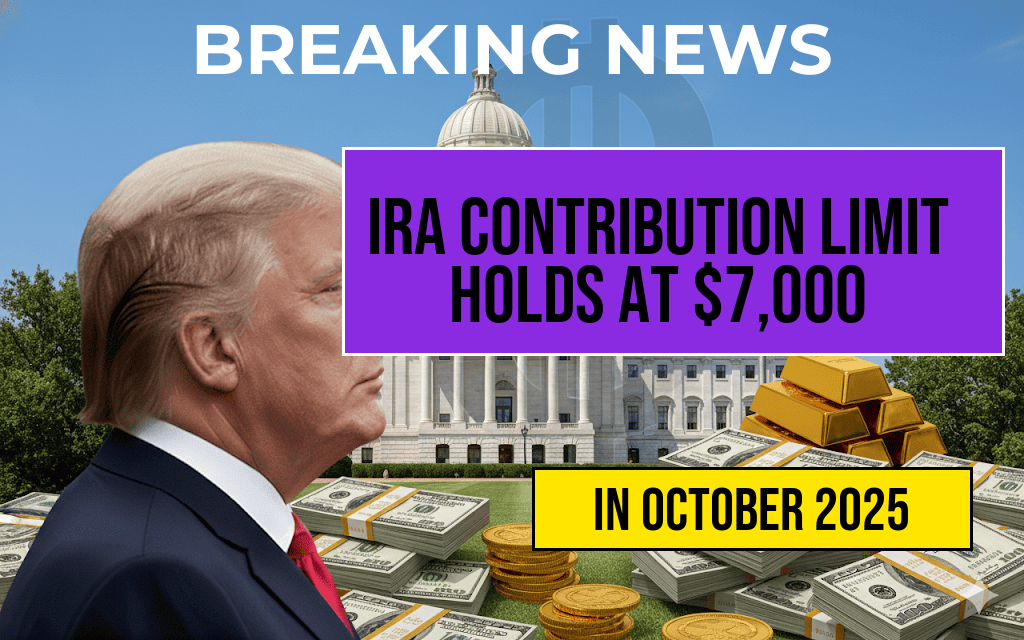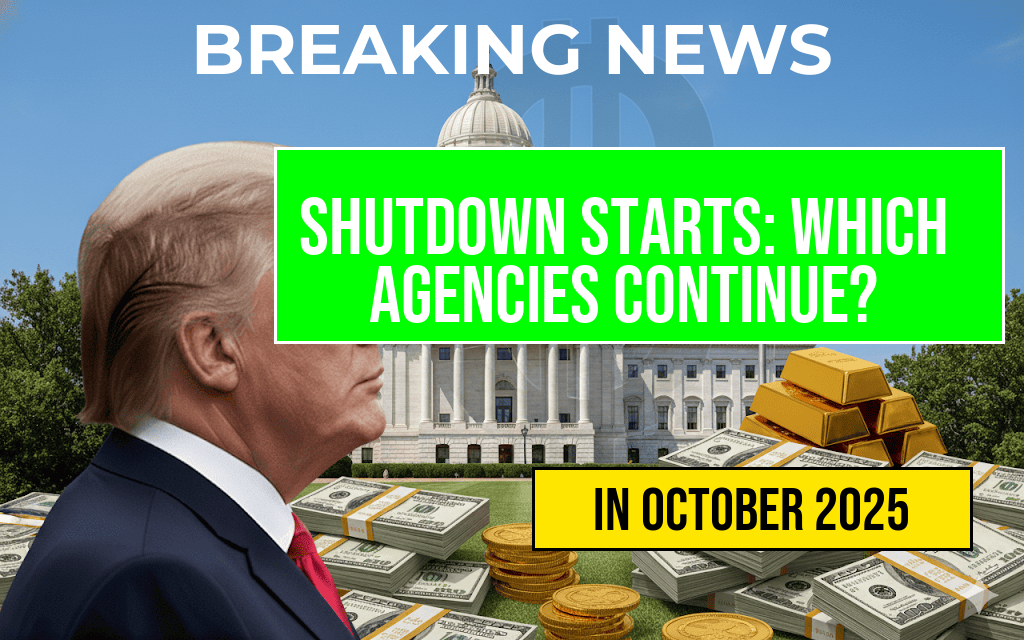Former President Donald Trump has recently proposed a controversial shift in retirement planning by advocating for the inclusion of high-risk cryptocurrencies in new 401(k) investment options. His proposal aims to diversify retirement portfolios and attract younger investors seeking higher returns, but it raises concerns among financial experts and regulators about the potential volatility and security risks associated with such assets. As policymakers and industry leaders deliberate the implications, the idea has sparked a broader debate on the future of retirement investments and the role of emerging digital assets within traditional financial planning frameworks.
Trump’s Proposal Sparks Debate Over Cryptocurrency Inclusion in Retirement Plans
During a recent conference, Donald Trump emphasized the potential benefits of allowing cryptocurrencies—notably high-volatility assets like Bitcoin and other altcoins—into 401(k) plans. He argued that integrating such assets could offer significant upside, especially for younger workers willing to accept higher risks in pursuit of substantial gains. The proposal suggests that investors could choose to allocate a portion of their retirement funds into digital currencies, which have demonstrated rapid growth over the past decade but remain highly unpredictable.
However, this suggestion has not been universally welcomed. Critics warn that including high-risk cryptocurrencies in retirement portfolios could expose savers to substantial losses, especially given the current lack of comprehensive regulation and the market’s susceptibility to sudden swings. Financial regulators and industry advocates emphasize the importance of risk management and transparency in retirement planning, cautioning against the inclusion of assets with limited track records and unclear long-term viability.
Potential Benefits and Risks Associated with Cryptocurrency Inclusion
Advantages for Investors
- Diversification: Adding cryptocurrencies could diversify traditional stock and bond holdings, potentially reducing overall portfolio risk when managed correctly.
- High Return Potential: Digital assets have outperformed many traditional investments in recent years, attracting investors seeking aggressive growth strategies.
- Appeal to Younger Demographics: Younger workers may find the innovative aspect of cryptocurrencies appealing and be more willing to accept volatility.
Concerns and Challenges
- Market Volatility: Cryptocurrencies are known for dramatic price swings, which could jeopardize retirement savings.
- Regulatory Uncertainty: The evolving legal landscape raises questions about investor protections and compliance requirements.
- Security Risks: Digital assets are vulnerable to hacking, fraud, and operational failures, potentially risking investor funds.
- Lack of Historical Data: Unlike stocks and bonds, cryptocurrencies lack decades of performance data to inform risk assessments.
Industry Leaders and Regulatory Perspectives
Major financial institutions and retirement plan administrators have expressed cautious interest but remain wary of immediate integration of cryptocurrencies into mainstream plans. The U.S. Department of Labor has emphasized the importance of safeguarding retirement assets, noting that any new investment options should meet strict fiduciary standards and transparency requirements.
Some industry experts argue that a gradual approach might be more appropriate. “Introducing cryptocurrencies into retirement plans could be beneficial if accompanied by strong educational resources and risk disclosures,” said Jane Miller, a senior analyst at a financial advisory firm. “However, it should not replace traditional, well-understood asset classes.”
Legal and Regulatory Considerations
| Factor | Description |
|---|---|
| Fiduciary Duty | Plan administrators must prioritize participant interests, ensuring investments align with risk tolerance and financial goals. |
| Transparency & Disclosure | Clear communication about risks, fees, and asset characteristics is essential for participant understanding. |
| Market Regulation | Cryptocurrency exchanges and custodians must meet regulatory standards to ensure asset security and investor protection. |
| Legal Precedents | Existing legal frameworks lack specific provisions for digital assets within retirement plans, creating ambiguity. |
As the debate continues, legislative bodies are closely monitoring developments. Some lawmakers have introduced bills aimed at clarifying the regulatory status of cryptocurrencies and exploring their potential role in retirement accounts. Meanwhile, financial industry groups advocate for strict guidelines and pilot programs before widespread adoption.
Looking Ahead: Balancing Innovation and Prudence
The push by Donald Trump to include high-risk cryptocurrencies in 401(k) plans underscores an ongoing tension between innovation and prudence in retirement savings. While digital assets may offer compelling growth opportunities, they also pose significant risks that could undermine retirement security if not managed properly.
For now, most experts recommend that investors approach such proposals with caution, ensuring they understand the complexities and potential pitfalls involved. As regulatory frameworks evolve and market dynamics shift, the integration of cryptocurrencies into retirement planning remains an open question, one that will likely shape the future landscape of American savings for years to come.
Frequently Asked Questions
What is the main proposal in Trump’s recent statement regarding cryptocurrencies and 401(k) plans?
Trump advocates for the inclusion of high-risk cryptocurrencies in new 401(k) retirement plans, suggesting that investors should have the option to diversify their retirement savings with digital assets.
Why does Trump believe cryptocurrencies should be part of retirement investments?
Trump believes that cryptocurrencies can offer high-growth opportunities and potentially enhance retirement savings by providing alternative investment options outside traditional assets.
What are the potential risks associated with including high-risk cryptocurrencies in 401(k) plans?
Including high-risk cryptocurrencies in retirement plans exposes investors to significant volatility and market fluctuations, which could lead to substantial losses in their long-term savings.
How might this proposal impact retirement investors and the financial industry?
If implemented, this proposal could diversify investment options for retirement investors and prompt the financial industry to adapt to the growing popularity of digital assets in mainstream investment portfolios.
What are the regulatory considerations related to including cryptocurrencies in 401(k) plans?
Regulators would need to establish guidelines and security measures to protect investors, ensure transparency, and prevent potential fraud or mismanagement when incorporating cryptocurrencies into retirement plans.










